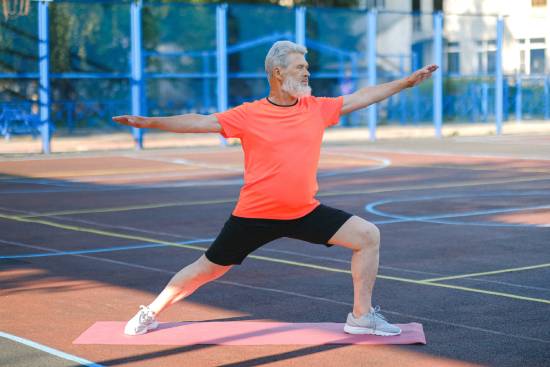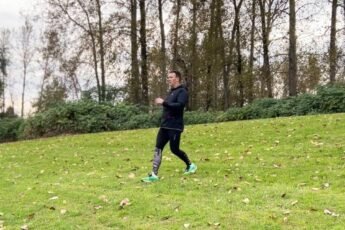Last Updated on January 3, 2024 by FS Studios Personal Training
Doesn’t the Cycle of Frailty sound like a scary term? Well, unfortunately, it’s also a real term. This can happen to us as we age.
We slow our activity levels just a bit too much and then we ache more and thus, we slow down more because we’re sore and eventually, our activity levels get too low. To avoid this, it’s important to have a proper health and fitness routine throughout our lives.
If you’re not sure what to do, it’s best to hire a professional that can create a fitness routine that’s both safe and effective for you.
The Cycle of Frailty
As we age, our bodies go through various changes that can impact our overall health and well-being. One of the most significant challenges that older adults face is the cycle of frailty. This cycle refers to a downward spiral of declining physical and cognitive abilities, leading to increased vulnerability and a higher risk of adverse health outcomes. In this article, we will delve into the factors behind the cycle of frailty and explore how it can be mitigated.
Frailty is not a normal part of aging, but rather a complex syndrome that encompasses multiple dimensions of health. It is characterized by a decreased physiological reserve, making individuals more susceptible to stressors such as illnesses, falls, and hospitalizations. The cycle of frailty begins with an initial trigger, such as an acute illness or injury, which leads to a period of functional decline.
Physical Activity is Crucial
Physical inactivity plays a crucial role in perpetuating the cycle of frailty. When individuals become less active due to illness or decreased mobility, their muscles weaken, leading to further functional decline. This decline in physical function makes it even more challenging for older adults to engage in activities of daily living, leading to a sedentary lifestyle that exacerbates frailty.
Another significant factor in the cycle of frailty is malnutrition. As individuals become frail, they may experience a loss of appetite or have difficulty preparing and eating nutritious meals. This can result in weight loss, muscle wasting, and a decline in overall health. Malnutrition further weakens the body, making it more susceptible to infections and other health complications.
Be Social to Avoid Frailty
Social isolation and loneliness also contribute to the cycle of frailty. As older adults become less able to participate in social activities, they may withdraw from social interactions, leading to feelings of loneliness and depression. Social isolation can have detrimental effects on both physical and mental health, exacerbating frailty and accelerating the decline in overall well-being.
Chronic diseases, such as heart disease, diabetes, and arthritis, are common contributors to the cycle of frailty. These conditions often coexist with frailty and can worsen its impact on individuals’ health. Managing chronic diseases becomes increasingly challenging for frail individuals, leading to a higher risk of complications and hospitalizations.
Breaking the Cycle of Frailty
Breaking the cycle of frailty requires a multidimensional approach. Regular physical activity, tailored to individuals’ abilities, can help improve muscle strength and mobility, reducing the risk of falls and functional decline. Nutritional interventions, such as meal planning and supplementation, can address malnutrition and support optimal health.
Addressing social isolation and loneliness is equally important. Encouraging older adults to engage in social activities, join community groups, or participate in support programs can help combat feelings of loneliness and improve overall well-being. Additionally, healthcare providers should work closely with individuals to manage chronic diseases effectively, ensuring timely interventions and minimizing the risk of complications.
For now, have a look at this diagram to further understanding of the cycle: Cycle of Frailty
Conclusion
In conclusion, the cycle of frailty is a complex phenomenon that significantly impacts the health and well-being of older adults. Understanding the factors that contribute to this cycle is crucial in developing effective interventions. By focusing on physical activity, nutrition, social engagement, and chronic disease management, we can break the cycle of frailty and improve the quality of life for older adults.
For more information on how to design a fitness program to avoid the cycle of frailty getting a hold of you, get in touch with us today!
FS Studios









